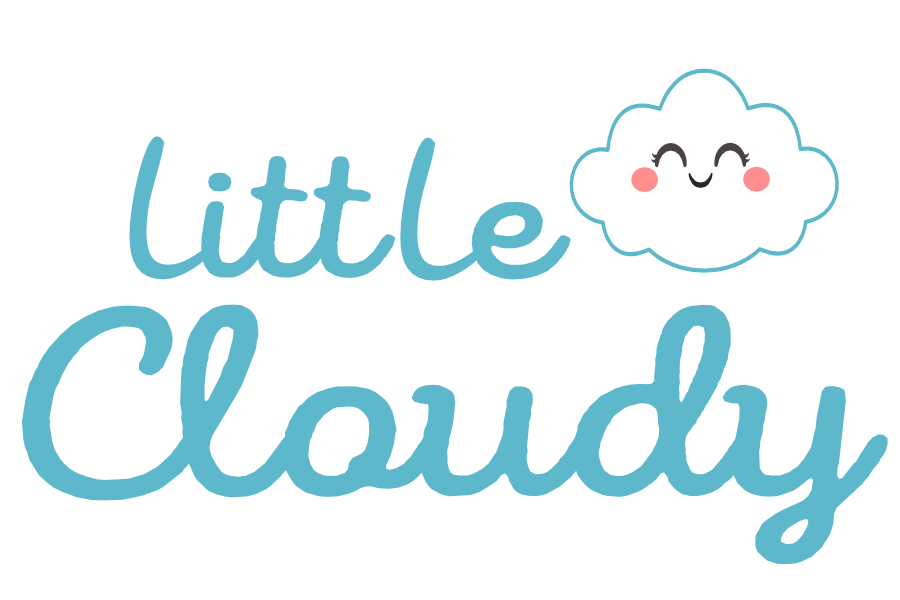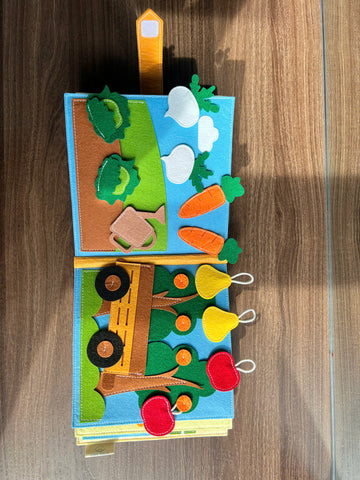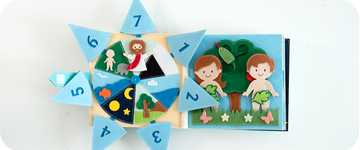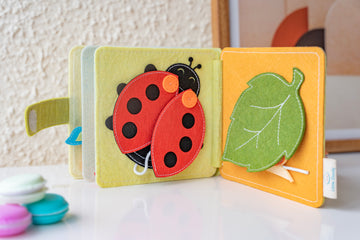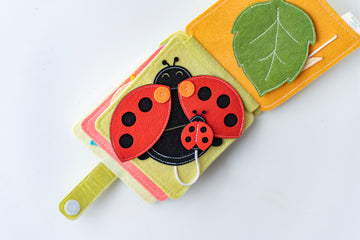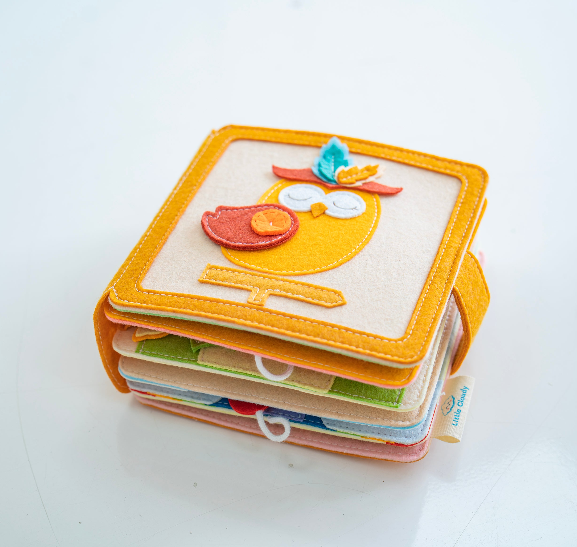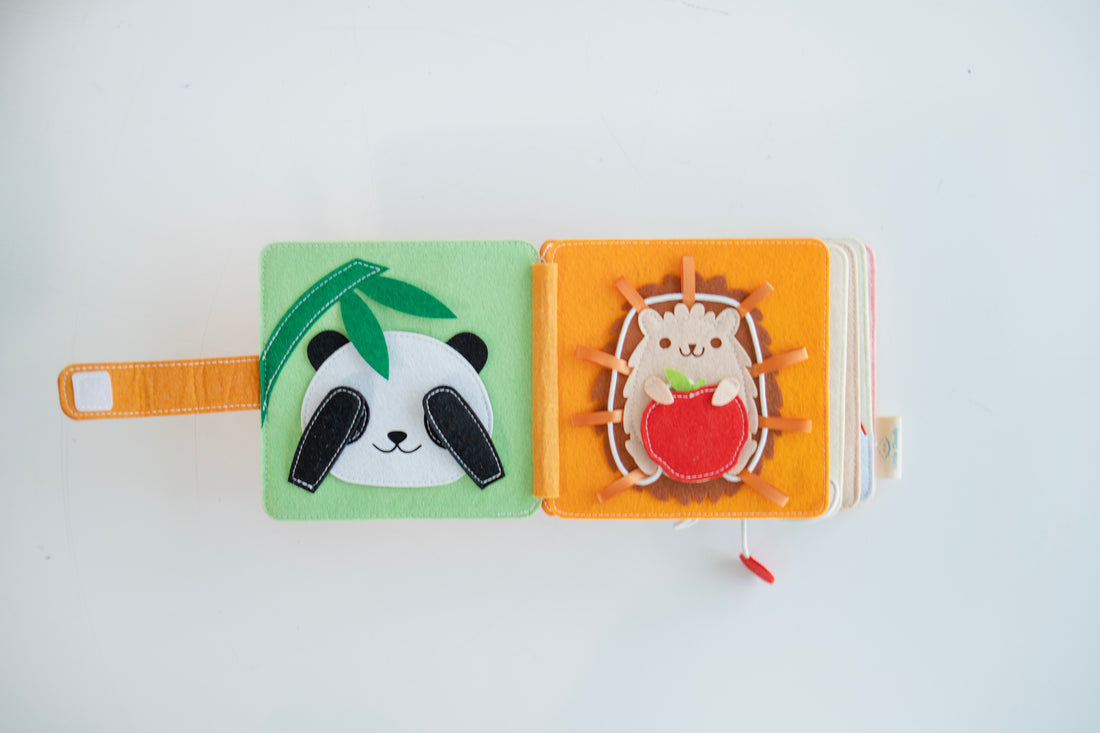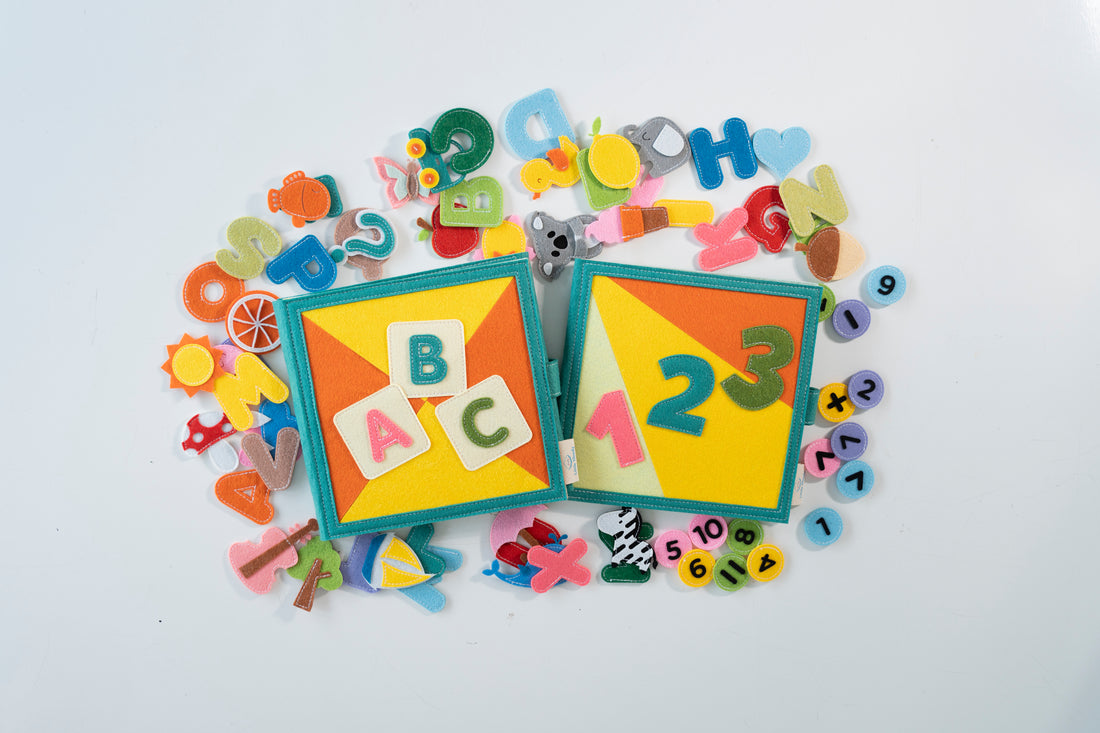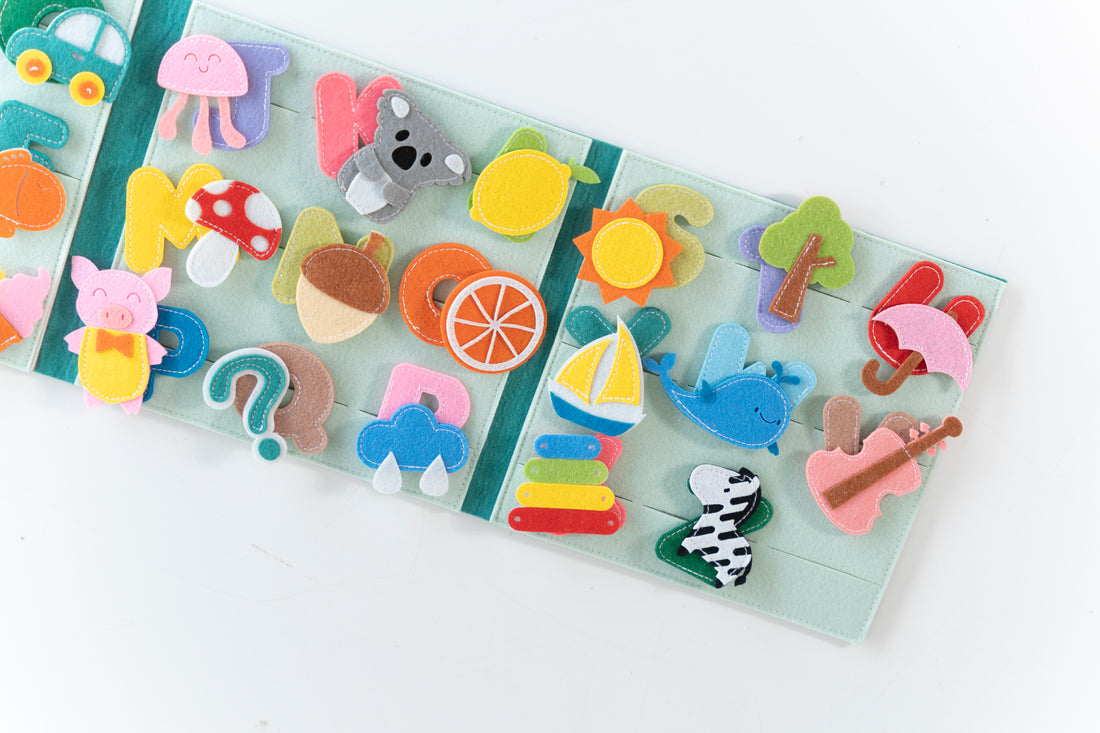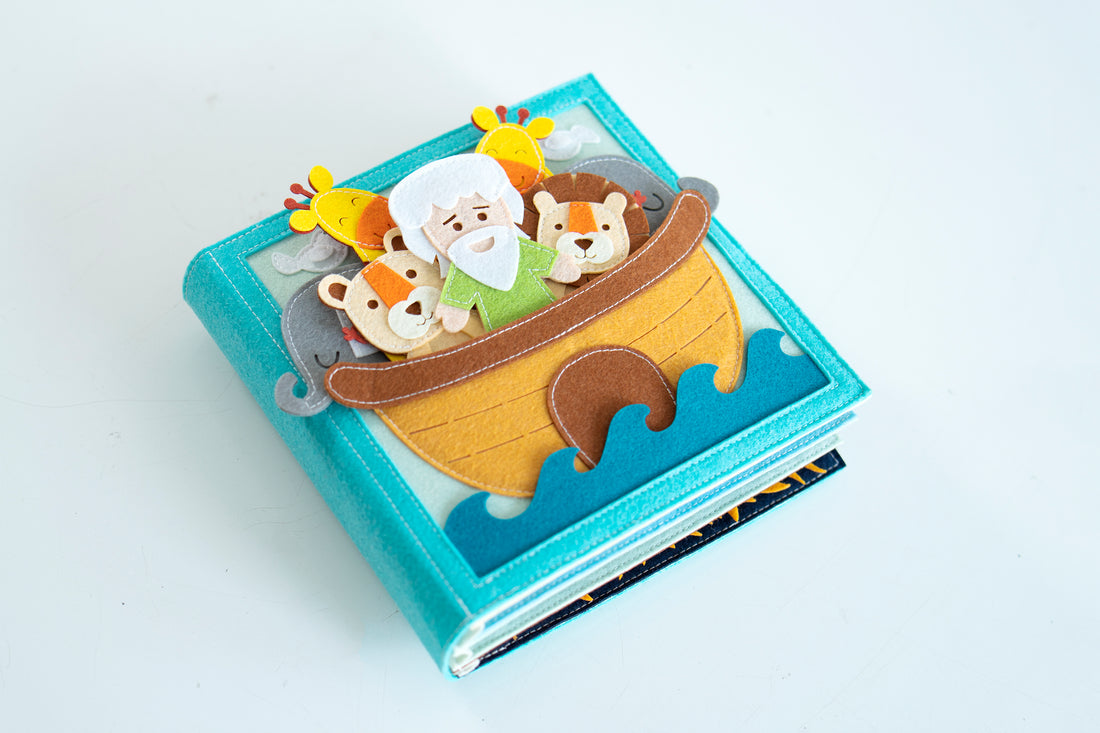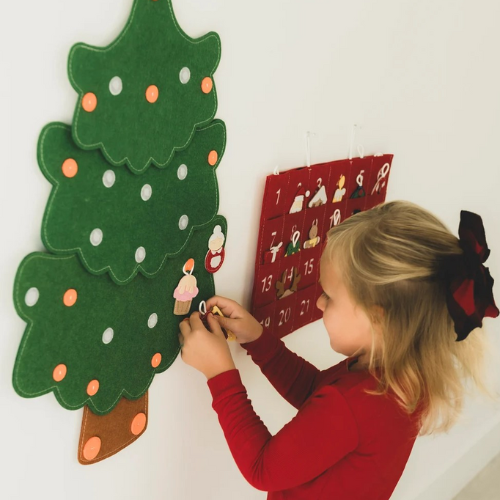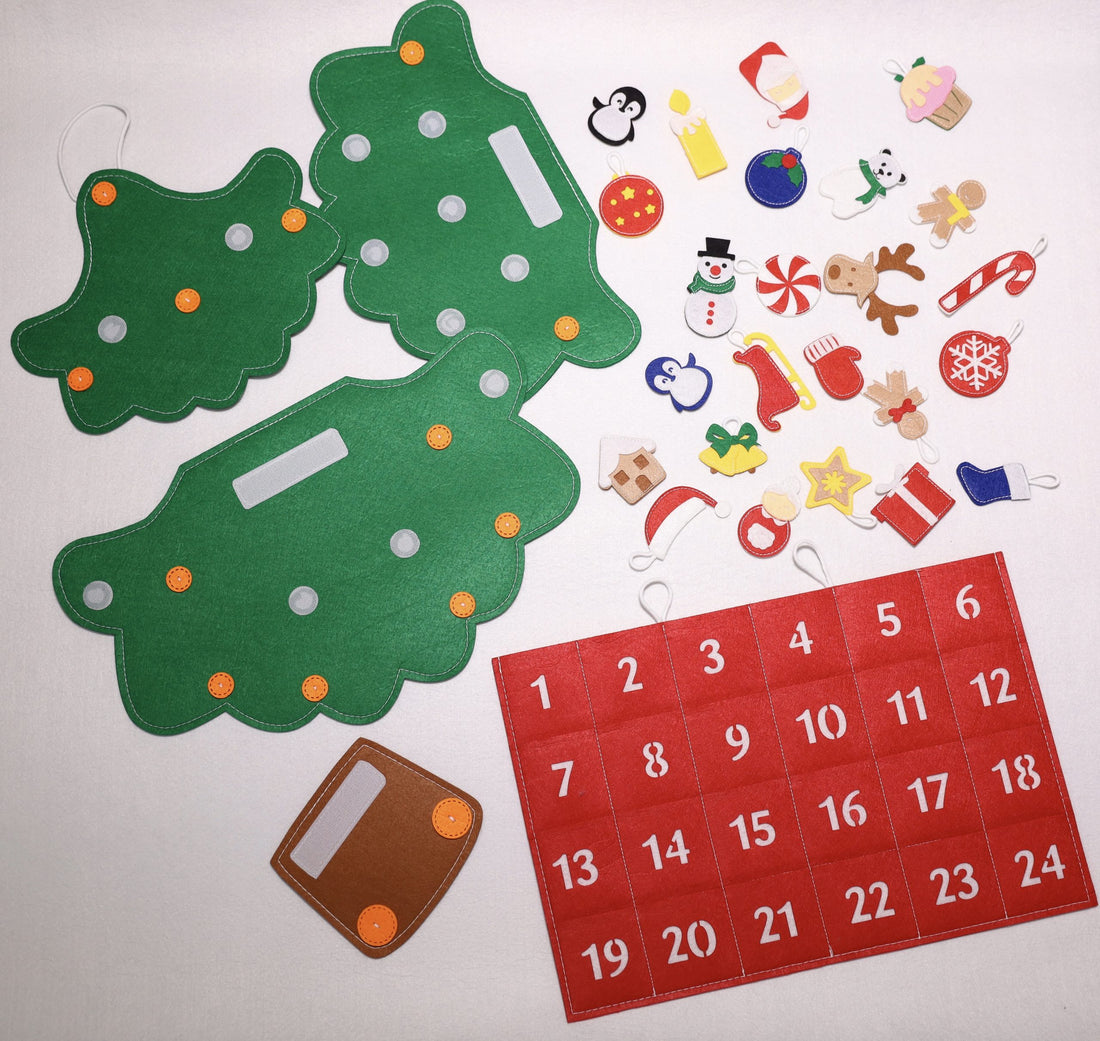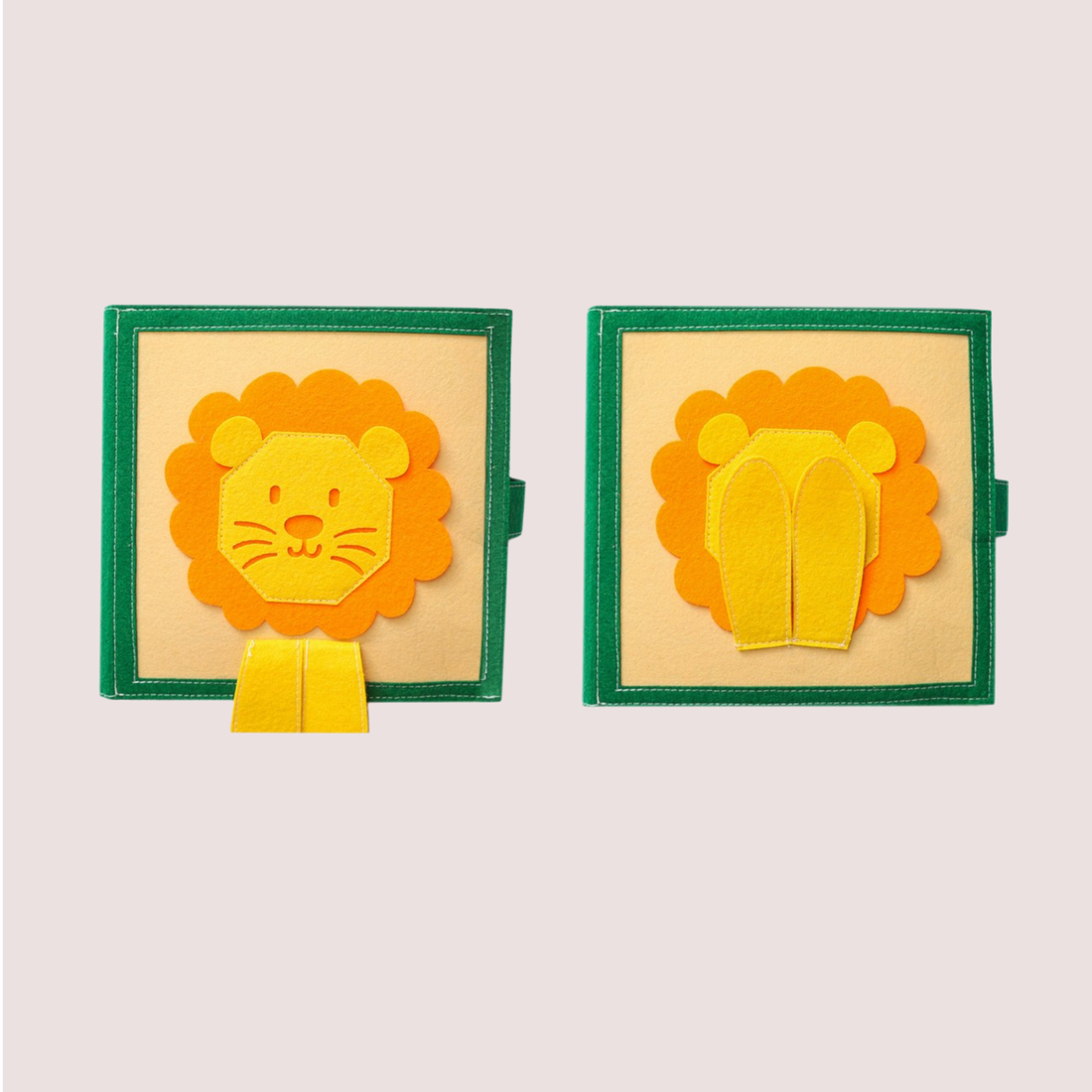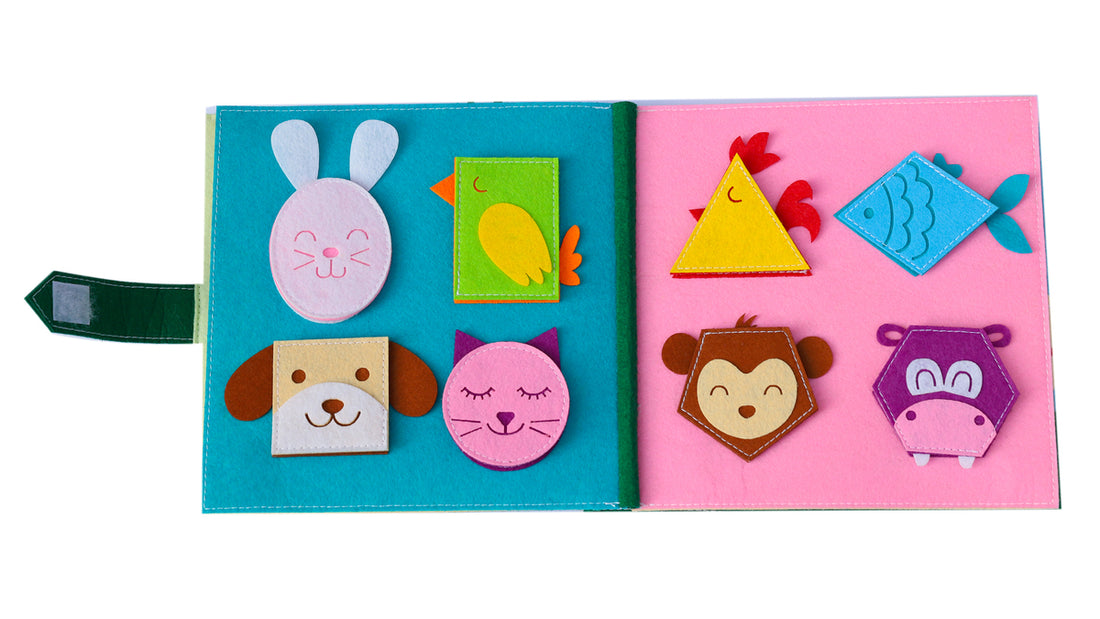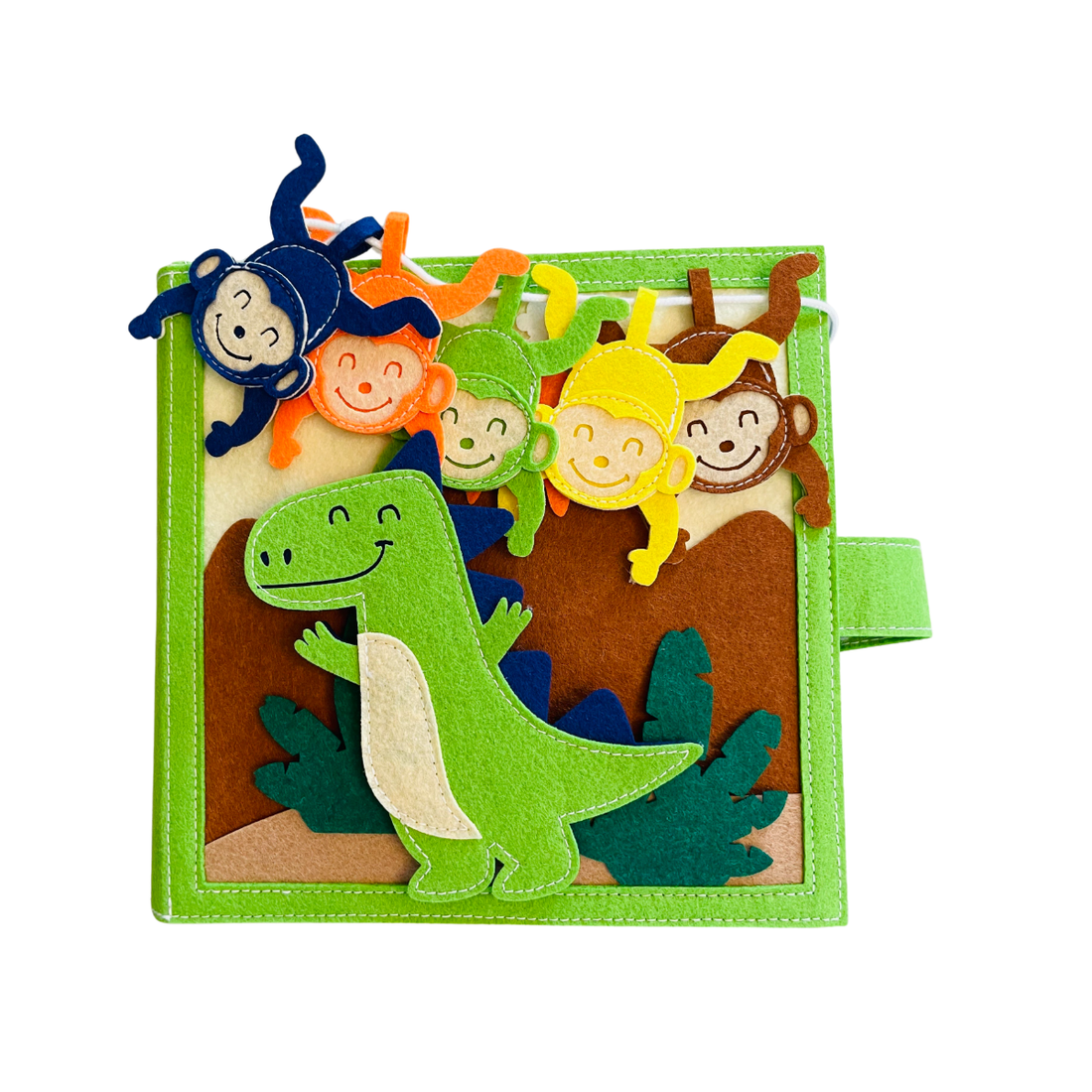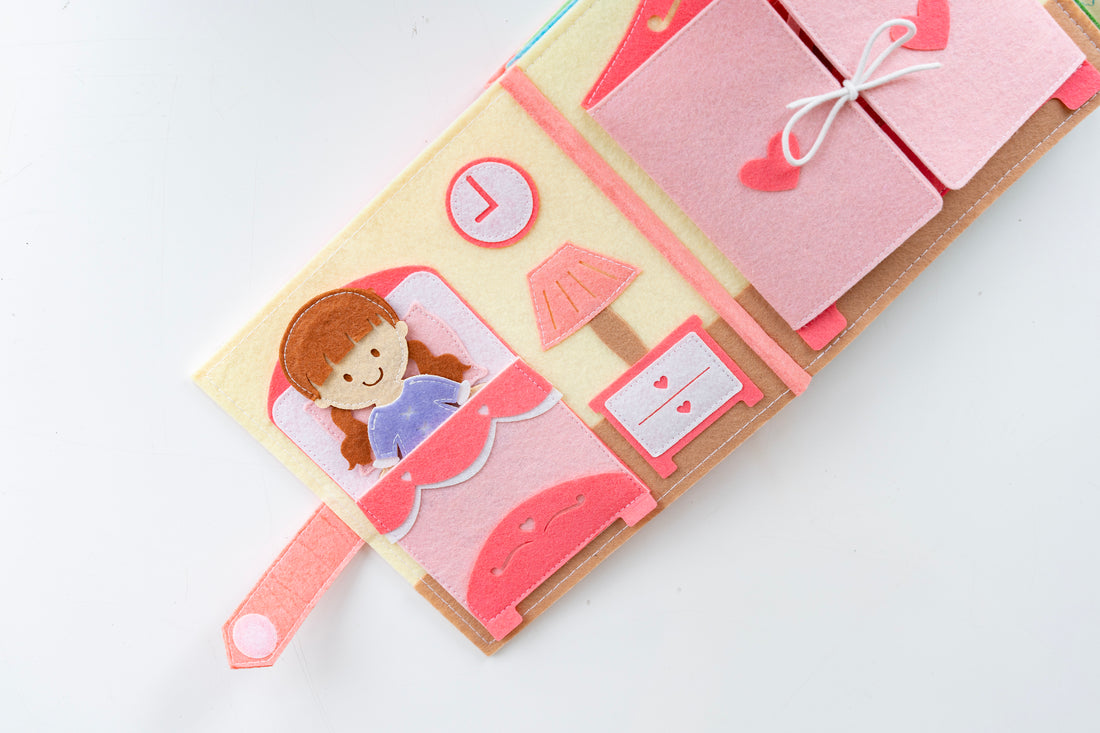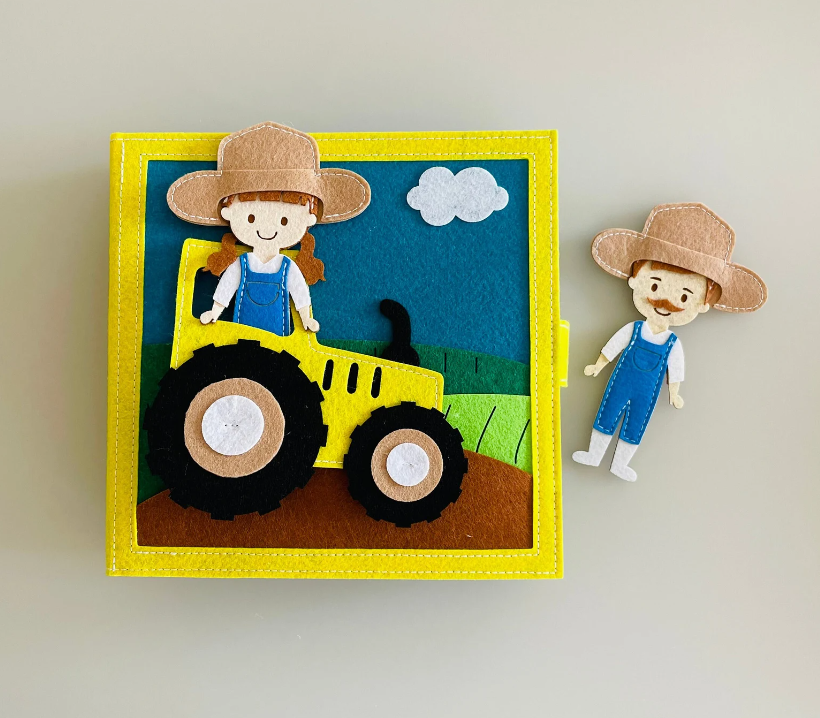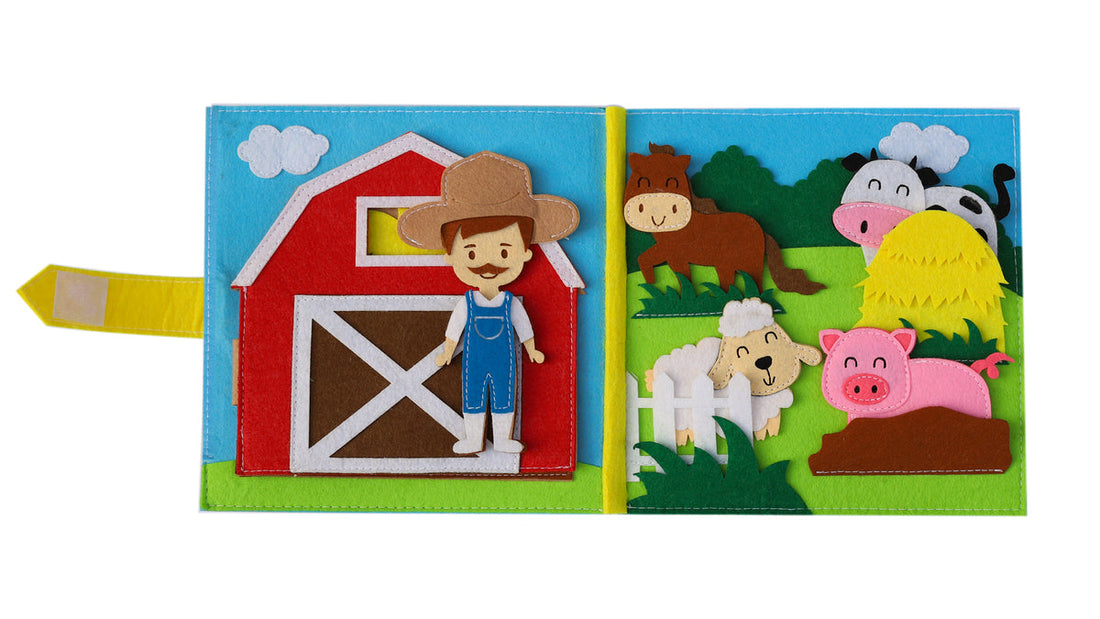These interactive and hands-on toys are designed to enhance your child's cognitive and fine motor skills while promoting social development.
With busy books, your little one can learn through play, making it an enjoyable and effective learning experience.
Discover the benefits of busy books for toddlers and watch your child thrive in their early years.
The Benefits of Busy Books for Toddlers

You'll love the benefits of busy books for toddlers. These interactive and engaging books provide numerous advantages for your little one's development.
One of the key benefits is sensory exploration. Busy books are designed with various textures, colors, and objects that encourage your child to touch, feel, and explore. As they flip through the pages, they can engage their senses and develop their fine motor skills.
Language development is another crucial aspect that busy books promote. Through these books, toddlers can learn new words and expand their vocabulary. They can also improve their communication skills by imitating sounds and words they encounter in the book. Busy books often feature simple stories or concepts, which help toddlers understand the basic structure of language and develop their comprehension skills.
Research has shown that interactive and hands-on learning experiences, like busy books, are highly effective in facilitating early childhood development. These books not only engage children but also stimulate their cognitive abilities and enhance their problem-solving skills.
Enhancing Cognitive Skills Through Busy Books

When it comes to enhancing cognitive skills, busy books are a great tool for your little one. These interactive and hands-on books are designed to engage your child's senses and promote learning through play. One of the key benefits of busy books is sensory exploration. The various textures, colors, and shapes in the book stimulate your child's senses, allowing them to explore and discover new things. They can feel different textures like soft fabric, rough Velcro, and smooth buttons, which helps develop their sensory perception and fine motor skills.
In addition to sensory exploration, busy books also play a crucial role in language development. The colorful pictures, letters, and words in the book can help your child expand their vocabulary and improve their speech. As they flip through the pages, they can identify and name objects, animals, and colors, which strengthens their language skills. Busy books often include interactive features like buttons that make sounds or flaps that reveal hidden pictures, encouraging your child to engage with the book and communicate their thoughts and ideas.
Research has shown that early exposure to sensory exploration and language development can have a positive impact on a child's cognitive abilities. By incorporating busy books into your child's playtime, you're providing them with a fun and educational tool to enhance their cognitive skills.
Developing Fine Motor Skills With Busy Books
Exploring the various textures and shapes in these interactive books helps your child develop their fine motor skills. Busy books are designed to engage your child's senses and promote their physical development. Through the activities in these books, your little one can improve their finger strength and hand-eye coordination.
Busy books offer a range of activities that require your child to use their fingers and hands. They may need to zip up a zipper, button up a shirt, or buckle a belt, all of which require precise finger movements. These actions help strengthen the muscles in their hands and fingers, which is crucial for tasks like writing, drawing, and tying shoelaces later on.
Additionally, busy books encourage hand-eye coordination. Activities like matching shapes, threading beads, or placing objects in designated spots require your child to coordinate their hand movements with what they see. This helps them develop their ability to manipulate objects accurately and efficiently.
Research has shown that activities that promote finger strength and hand-eye coordination have a positive impact on a child's overall development. By engaging in these activities, your child not only enhances their fine motor skills but also improves their cognitive abilities and problem-solving skills.
Social Development and Busy Books
By engaging with interactive activities in these books, your child can improve their social skills and learn how to interact with others effectively. Busy books not only promote the development of fine motor skills but also play a crucial role in enhancing emotional intelligence and building communication skills.
Emotional intelligence is the ability to recognize, understand, and manage one's own emotions as well as the emotions of others. Busy books provide opportunities for children to explore different emotions through stories, characters, and interactive activities. By engaging with these emotions in a safe and controlled environment, children can develop empathy, emotional regulation, and social awareness.
Busy books also offer numerous opportunities for building communication skills. Through interactive elements such as flaps, buttons, and puzzles, children are encouraged to engage in conversations, ask questions, and express their thoughts and ideas. These activities promote language development, vocabulary expansion, and turn-taking skills.
Research has shown that children who engage in activities that promote emotional intelligence and communication skills are more likely to have positive social interactions, develop healthier relationships, and have better overall well-being. Busy books provide a fun and interactive way for children to develop these essential social skills while enjoying the process of learning through play.
How Busy Books Promote Learning Through Play

Engaging with interactive activities in these books helps your child develop important skills while having fun. Busy books are designed to provide a variety of sensory exploration opportunities for toddlers. They include different textures, colors, and shapes that stimulate their senses and encourage exploration. By touching, feeling, and manipulating the various elements in these books, your child enhances their sensory development.
Language development is another key aspect that busy books promote. Through the use of pictures, words, and interactive features, these books encourage your child to engage in language-rich experiences. They can learn new words, practice their vocabulary, and improve their understanding of concepts. The repetitive nature of some activities in busy books also helps reinforce language skills.
Research has shown that play-based learning is highly effective in promoting children's cognitive development. Busy books provide an ideal platform for this type of learning. They offer a wide range of activities that challenge your child's problem-solving skills, memory, and logical thinking abilities. As they complete puzzles, match shapes, and solve other interactive tasks, they're developing important cognitive skills that will benefit them in the long run.
Frequently Asked Questions
What Are Some Examples of Specific Activities or Games That Can Be Found in Busy Books for Toddlers?
In busy books for toddlers, you'll find a variety of activities and games. These include matching shapes, counting objects, and identifying colors. Learning through play in busy books benefits toddlers by promoting cognitive development and enhancing fine motor skills.
Are Busy Books Suitable for Children of All Ages, or Are They Specifically Designed for Toddlers?
Busy books are specifically designed for toddlers, as they cater to their developmental needs. They provide numerous benefits for early childhood development, such as enhancing cognitive skills and promoting sensory activities for sensory integration.
Can Busy Books Be Used as a Standalone Learning Tool, or Should They Be Used in Conjunction With Other Educational Materials?
Busy books can definitely be used as a standalone learning tool, but combining them with other educational materials can enhance the learning experience. By doing so, you can maximize the benefits and provide a more comprehensive learning opportunity for your child.
Are There Any Safety Concerns or Precautions That Parents Should Be Aware of When Using Busy Books With Their Toddlers?
When using busy books with your toddler, it's important to be aware of safety concerns and take necessary precautions. Ensure the materials are age-appropriate, watch for small parts, and supervise playtime to keep your child safe.
How Can Busy Books Be Incorporated Into a Daily Routine or Schedule to Maximize Their Educational Benefits for Toddlers?
To maximize your toddler's learning potential, incorporate busy books into their daily routine. These interactive books offer educational benefits through play. By integrating them into activities like morning reading or bedtime stories, you enhance their cognitive development in a fun and engaging way.
Busy books for toddlers offer a multitude of benefits that support their cognitive, fine motor, and social development.
Through engaging activities and interactive play, these books enhance their problem-solving abilities, hand-eye coordination, and communication skills.
Research has shown that learning through play is highly effective in promoting early childhood education.
So, by incorporating busy books into your toddler's routine, you aren't only providing them with a fun and enjoyable experience but also laying a strong foundation for their future learning and growth.
